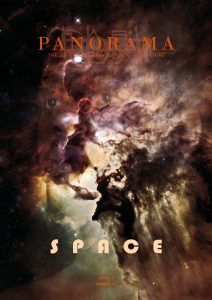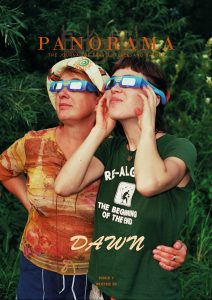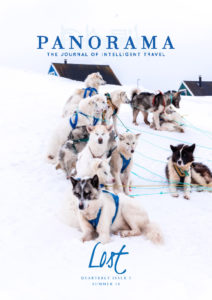My childhood best friend travelled to Rome with her family when we were thirteen, and brought me back two film canisters, one black, one opaque white, full of small stones. I don’t remember if I asked for this, or if she thought of it on her own, a low-budget souvenir for her friend whose family only travelled to the Midwest on vacation and who never studied Latin, who only knew about minor Roman gods if they’d been featured in a comic book. The black canister contains nine smooth rounded grey pebbles and two chunky jagged ones, and the white canister four stones, each distinct in colour and shape, and a folded scrap of paper with a handwritten key:
Black – forum (centre of Rome)
White – Coliseum (Gladiators)
Even now, I’m a bit pleased that she misspelt “Colosseum,” a lingering remnant of our academic competition. For a time we were inseparable and also unkind to each other in the ways of children and then in the ways of young women, and our eventual drifting was mutual and unremarked upon.
But even at my most carefree I was too sentimental to live light. I carried with me every stone I was ever given. Gifts become harder to discard the longer you’ve kept them. The canisters sit on my desk. Sometimes I line the stones in a row, imagining the distance they have travelled from Rome to Arizona to Alaska, the shifting of friendships and rivers.
I still haven’t been to Europe. I don’t know if these stones I still hold were washed with the blood of enslaved fighters and then stepped on by generations of tourists, or if they were newly excavated from an ancient alluvial plain and transported and spread evenly across these well-trodden landmarks when my friend picked them up. I don’t know if she knelt to the ground and chose each one like a flower or if, rule-follower that she was, it was a quick bend at the knees, eyes to the sky, fingers grazing along the ground where she dropped, aiming not to be caught doing something that might be seen as stealing. I don’t know much about Roman geology or architecture other than that it “wasn’t built in a day,” but then what is?
I do know that good gravel enables the kind of high-impact, long-lasting infrastructure that defines contemporary notions of “development.” It’s a tradition that values ruins with a footprint and a skyline, and roads with carefully constructed geology.
I live on land carved by glaciers and shifting rivers, and under what’s now the surface are deposits of silt and rock broken down to rounded stone by water and into jagged chunks by ice. My front door opens within easy shouting distance of two industrial-scale gravel pits, where these deposits are mined and crushed and processed into two- and three-inch minus, bought, sold, and made into driveways and parking lots and roadways. Here, gravel sinks into muddy potholes and melting permafrost, and must be replenished if the guise of permanence is to be maintained. It’s not cheap. You can easily blow a few hundred bucks on a single parking space. Gravel has a politics: power lays in the ability to build a base. All other industry is ephemeral.
I’ve learned that there was a Roman god of boundaries and stones and he, too, required blood. The god’s name, Terminus, also refers to the low end of a glacier. As the world becomes a less welcoming place for ice, most glaciers retreat further into the mountains from which they flow. The rock and silt left in a glacier’s wake has all travelled some distance to the place it is dropped. This is why the rocks in glacial rivers flowing from the Alaska Range are such an assortment of colour and composition: they are an amalgamation of all the geologic processes that shape a continent.
Everything is always in some kind of motion. Anything built always tilts toward ruin.
Maybe it is Terminus, incarnate as an imagined future scholar of minute geologic discrepancies, who keeps me from tossing these stones onto our gravel road to blend with those that look just like them, to feed the insatiable potholes of a subarctic spring. He would note in these visually unremarkable Roman stones distinguishing traits not explained by shifting fault lines or glaciation but by the most haphazard of human movements.
I have built no altars and slain no goats, and I am not inclined towards prayer. I don’t know if we were meant to take things in this way. I don’t know what is mine to carry and what to return.











